When a species once thought extinct re-emerges, it sends ripples of excitement and intrigue through the scientific community and wildlife enthusiasts alike. In a surprising twist of fate, a rare lizard, long believed to be extinct, has recently been discovered alive in the bustling city of Melbourne. This remarkable find sheds light on the resilience of nature and presents an opportunity to deepen our understanding of biodiversity and conservation. Join us as we explore this fascinating discovery and its implications for science and the natural world.
The Discovery: A Moment of Awestruck Wonder
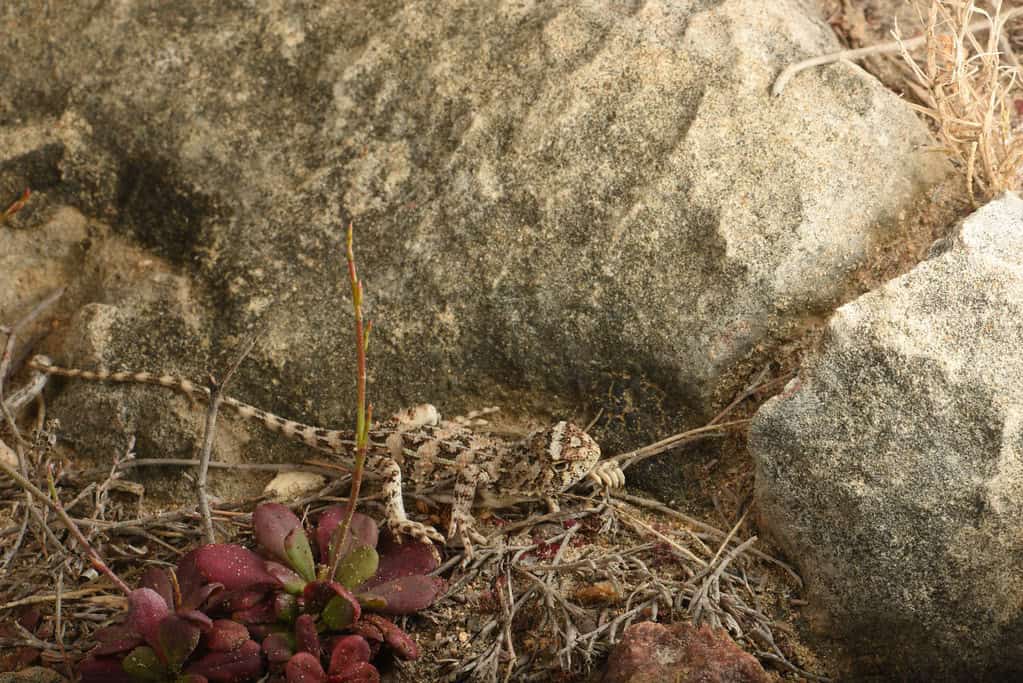
The confirmation of a living specimen of the rare lizard species in Melbourne was a moment of awe and excitement. Local researchers, while conducting a routine survey of urban wildlife, stumbled upon the unexpected inhabitant thriving in an unlikely urban pocket. This fortuitous discovery halted deliberations on the species’ extinction, rekindling hope for its survival.
The Elusive Species: A Backgrounder
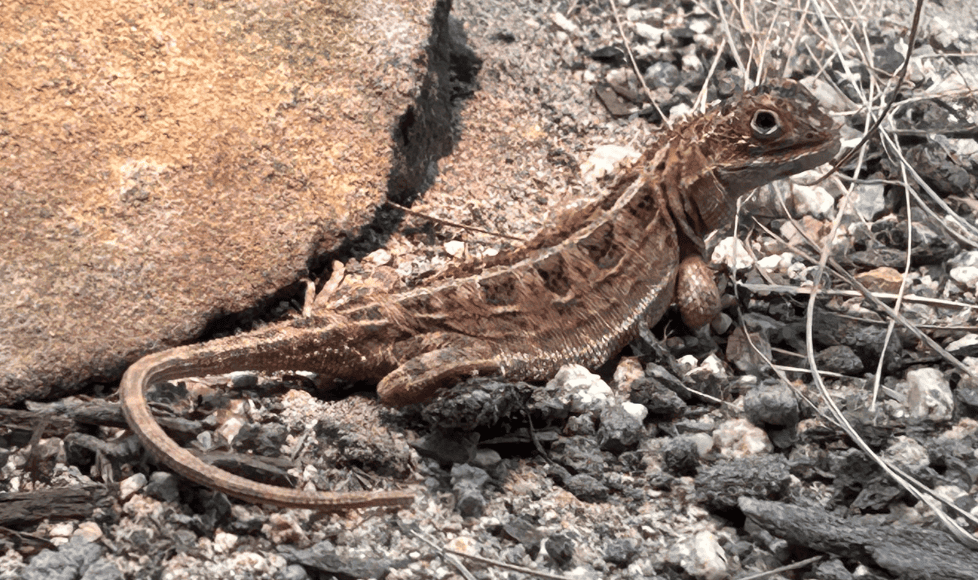
The lizard in question belongs to a species that was declared extinct decades ago. Known for its distinctive markings and particularly elusive nature, the lizard had disappeared from scientific records for so long that it was presumed to be lost forever. Its last known habitat was thought to be a remote area far from Melbourne, further intensifying the mystery of its unexpected urban appearance.
Characteristics of the Rare Lizard
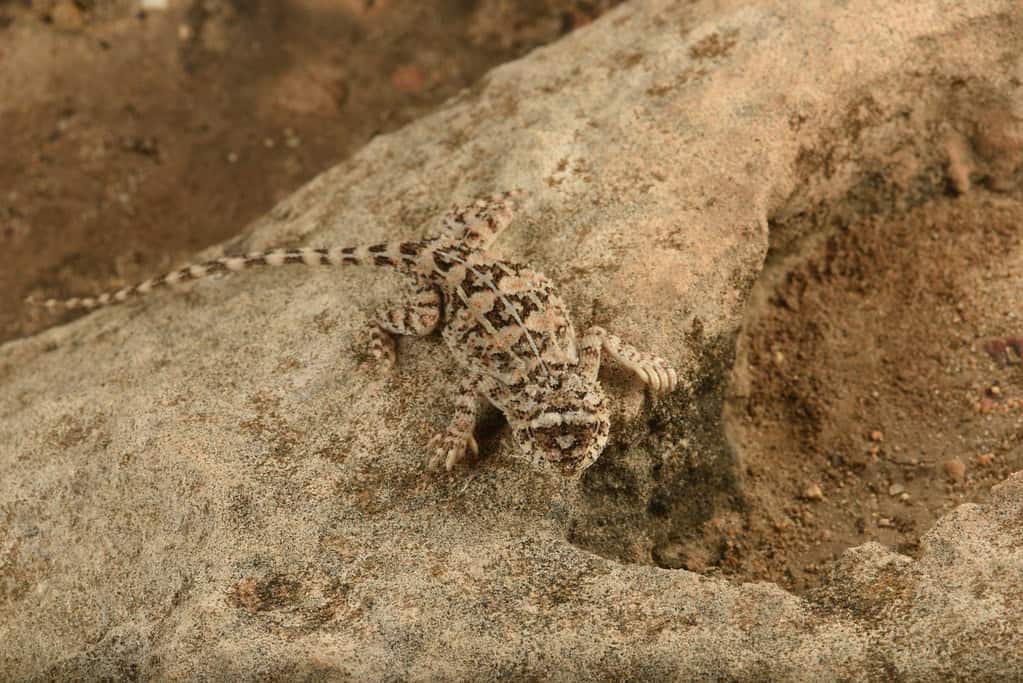
This unique lizard is characterized by its vivid, jewel-toned scales and agile movements. Typically measuring around 20 centimeters, it sports a striking blend of green and gold hues, with patterns that once served as perfect camouflage in its natural habitat—now, surprisingly, in Melbourne’s urban jungles.
Behavioral Patterns: Adapting for Survival

Despite its new urban setting, the lizard has exhibited impressive adaptability. Observations indicate that the species has taken to living within garden bushes and undergrowth, exhibiting nocturnal tendencies to avoid human activity. This behavior suggests an evolutionary shift, showcasing the lizard’s resilience in adapting to an altered environment.
The Hunt for a Habitat
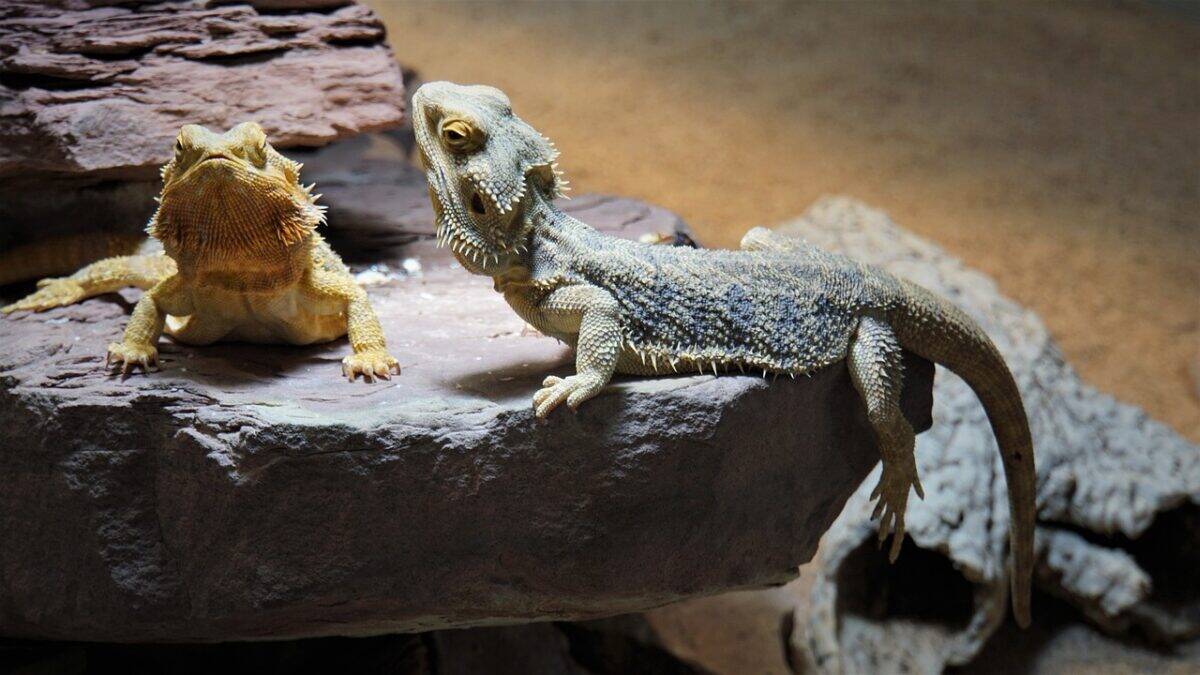
Scientists have embarked on a quest to identify potential habitats within and around Melbourne that could support a small population of this lizard species. Their focus is on urban green spaces, which may have provided the refuge needed for the species’ survival against the odds, emerging as sanctuaries amidst the urban sprawl.
Health and Conservation Status

With the re-discovery of this lizard, the urgency to evaluate its health and conservation status has intensified. Initial assessments show that the specimen is in good health, displaying typical behaviors and physical traits. Conservationists are now focusing on developing strategic plans to ensure the protection and recovery of this newfound population.
The Role of Conservation Efforts
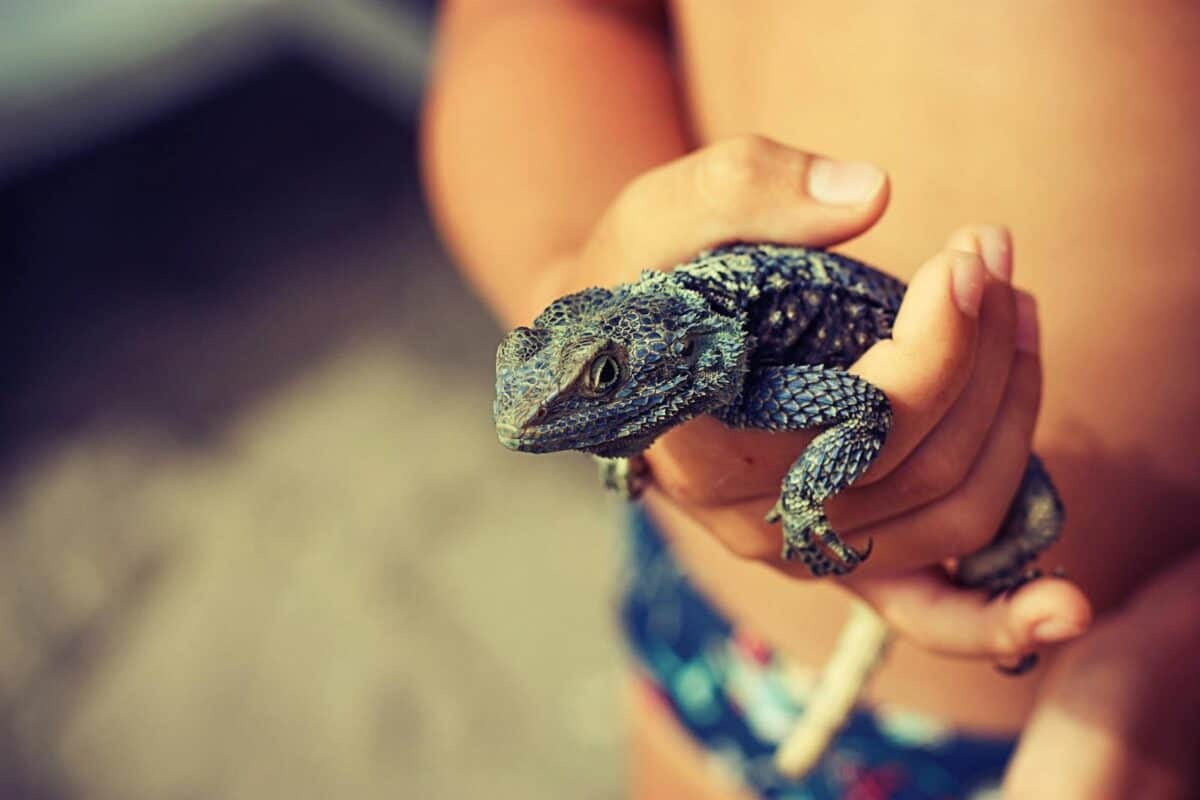
The revelation of this lizard’s existence underscores the importance of ongoing conservation efforts. It highlights how even presumed extinction cannot diminish the need for careful environmental stewardship. Conservation measures, such as controlled monitoring and habitat protection, are now pivotal in safeguarding the species’ future in the wild.
Implications for Urban Wildlife

This discovery also poses intriguing questions about urban biodiversity. Could other species thought to be lost still inhabit our cities, cloaked in secrecy amid the hustle and bustle? It prompts urban dwellers and city planners alike to rethink how cities can coexist with nature, fostering spaces where wildlife can flourish.
Scientific and Community Collaboration

This find has sparked collaboration between scientists and local communities, highlighting the need for public involvement in wildlife preservation. Community awareness and engagement are crucial to maintaining the delicate balance between urban expansion and biodiversity conservation.
Spotlight on Melbourne: A Biodiversity Hub

Melbourne has gained a surprising reputation as an unintentional biodiversity hotspot. The city’s patchwork of green spaces and ecological corridors, coupled with its variety of environmental conditions, creates niches that may house rare and diverse species, making it an exciting arena for further ecological study and discovery.
Lessons for Future Generations
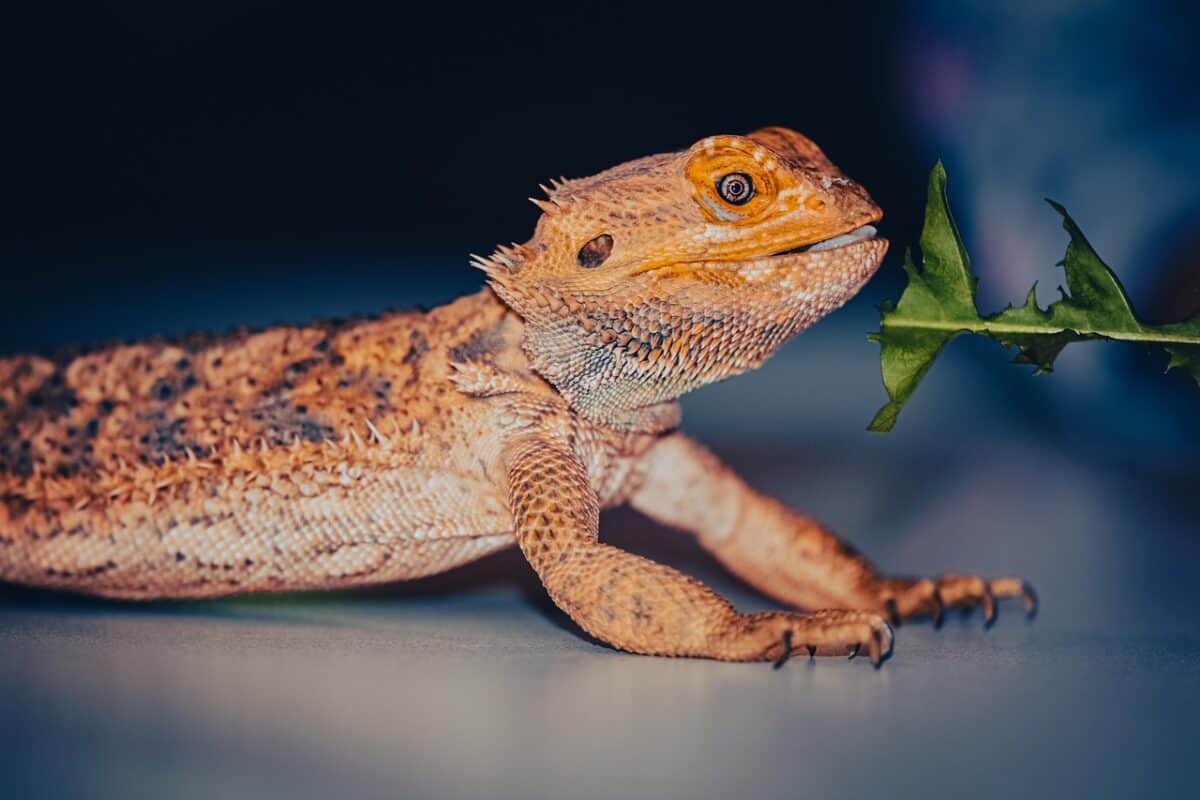
This lizard’s resurfacing is a poignant reminder of nature’s unpredictability and the importance of vigilance in environmental conservation. Educators can leverage this discovery to inspire future generations, instilling a passion for conservation and respect for even the smallest creatures contributing to our planet’s biodiversity.
The Future: Research and Hope

Looking ahead, the scientific community eagerly anticipates further research that could unravel more mysteries regarding the life and survival of this rare lizard species. This discovery fuels optimism and serves as a beacon of hope, reminding us of the resilience of life and the vast unknown that still awaits exploration in the natural world.
The rediscovery of this rare lizard in Melbourne reignites hope, curiosity, and appreciation for the complexity of life on Earth. It challenges preconceived notions about extinction and underscores the enduring importance of conservation efforts. As research continues, this find serves as a vibrant testament to nature’s tenacity, inviting us all to partake in the stewardship of biodiversity.
- How Bison Are Reshaping the American Prairie - August 25, 2025
- Bats as Harbingers of Luck—and Doom—in Global Folklore - August 25, 2025
- Are Wildlife Corridors Really Helping Animals Migrate? - August 25, 2025

